Less than a year ago, the future of Bowler Motors, the small Derbyshire firm that produced Land Rover Defender-bodied rally raid machines and off-roaders, was uncertain. Now, under the ownership of Britain’s biggest car firm, the only uncertainty for boss Calum McKechnie and his team is deciding what to do next.
“Calum has a list of ideas as long as both his arms,” laughs Michael van der Sande, head of Jaguar Land Rover’s Special Vehicle Operations division. “It’s many times bigger than the size of the business. So who knows what they’ll do in the future.”
That said, don’t expect Bowler to undergo a radical reinvention after Jaguar Land Rover bought it out of administration last December: the firm has built a reputation far beyond its size due to brilliantly engineered rally raid cars and off-roaders, and McKechnie promises that motorsport will remain “at the heart of Bowler” in the future.
But the expanded JLR links will create new opportunities, as reflected in the first project under new ownership: a new Defender 110-bodied road car, enabled by an official licence for the famed bodystyle from Land Rover. Not that Bowler has gone soft: the new machine, codenamed CSP 575, may be more practical and spacious than a Defender 90-style Bulldog rally machine, but it’s still a low-volume, £200,000 weapon built on Bowler’s hugely versatile, competition-honed CSP platform and powered by JLR’s range-topping 567bhp supercharged V8 engine.
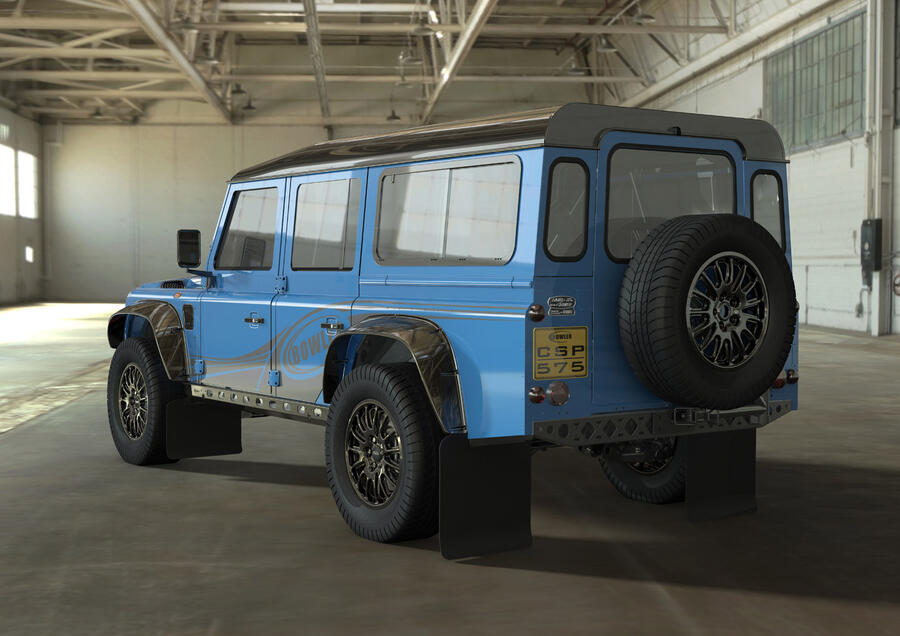
“It’s an ongoing evolution of what we’ve produced for the rally raid vehicles, and it really was what customers were asking for: a rally raid vehicle with increased capacity in the iconic shape of the Defender,” says McKechnie.
Essentially, the CSP 575 represents Jaguar Land Rover’s plans for Bowler, which is to let it keep doing what it’s good at, but now with the backing to eventually take that to a new level.
“Bowler is a famous name for what it does and what it does so well, and that requires a level of independence,” says van der Sande. “Calum’s brief is very much to run Bowler as its own business, but with the support of Land Rover when that’s appropriate. That’s what we’re exercising here.”
The Derbyshire firm’s roots go back to 1984 when Drew Bowler switched from competing on off-road bikes to four wheels. The engineering expert began competing in a Series 1 Defender, and pioneered a ‘hybrid’ building technique, fusing the front suspension from a Range Rover onto the back of a Land Rover. His success on hill rallies and off-road safaris prompted plenty of demand from other competitors for his vehicles and the establishment of his eponymous firm. Early Land Rover-based cars such as the Cobra had success in trials, leading to the 88 Tomcat, which Drew used to win the ARC National Comp Safari.


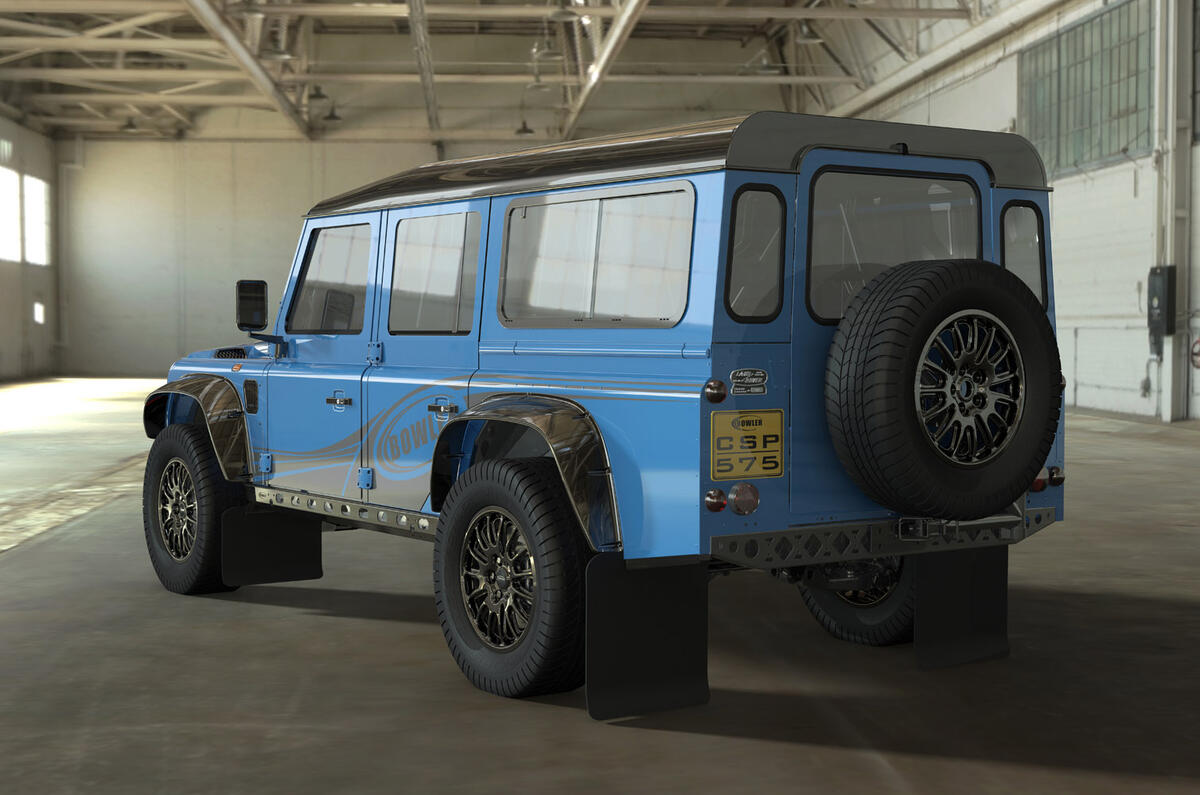

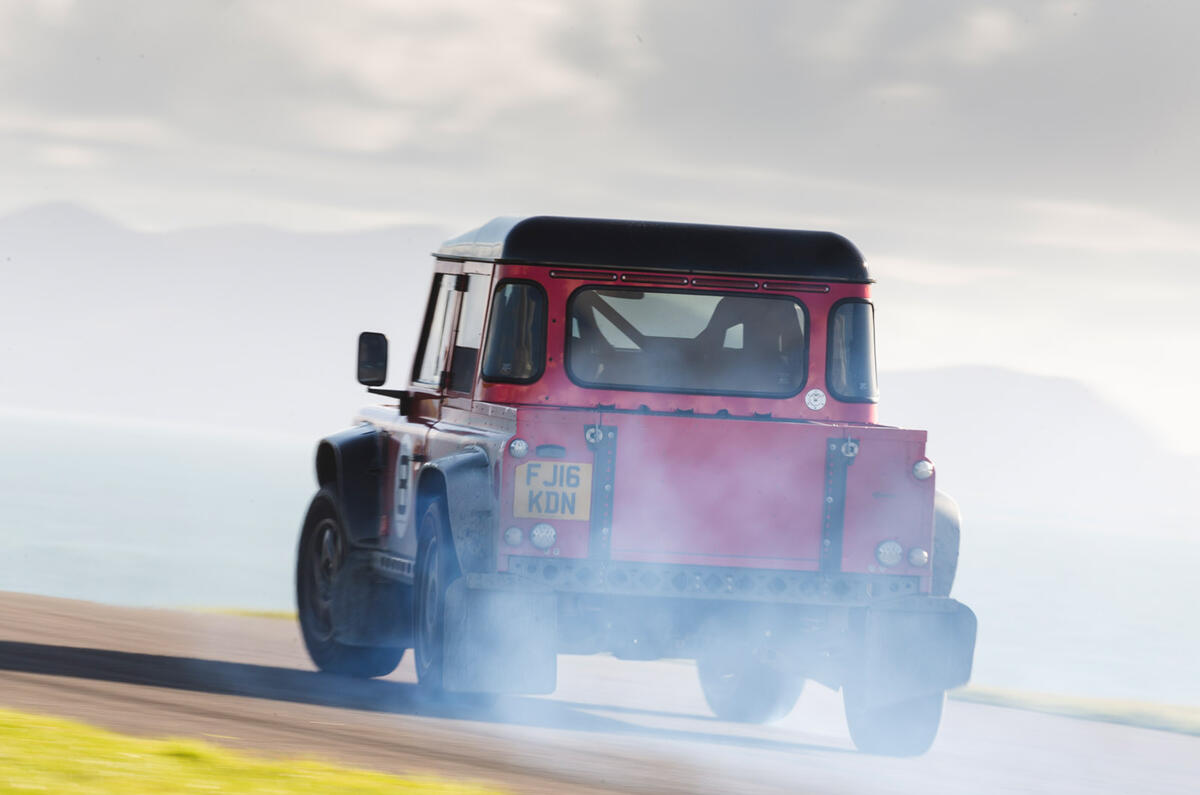
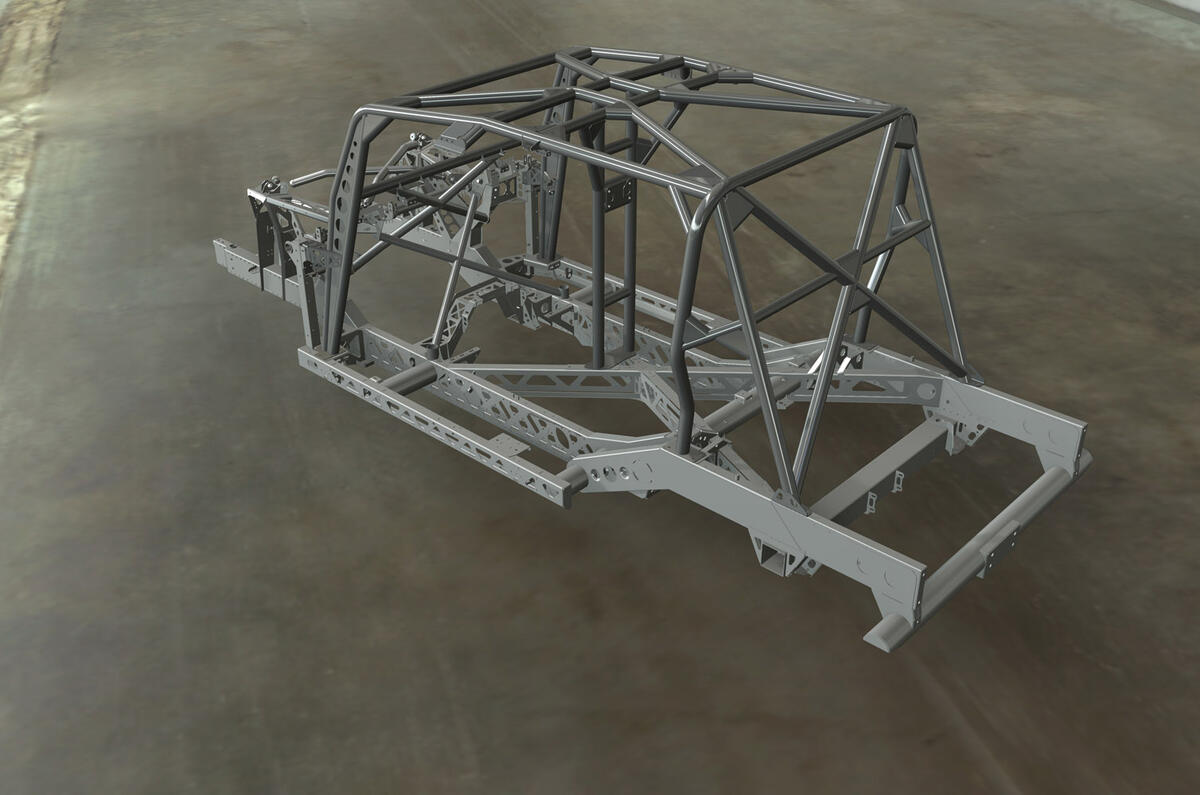
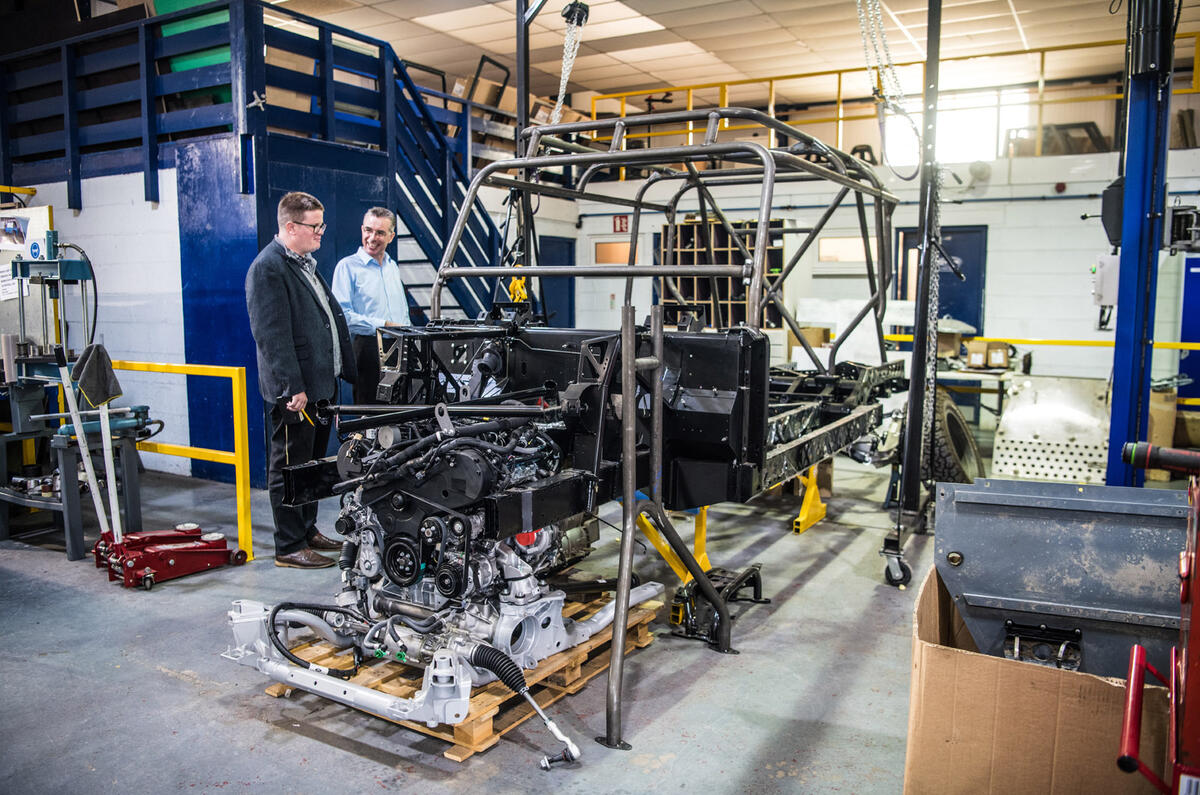
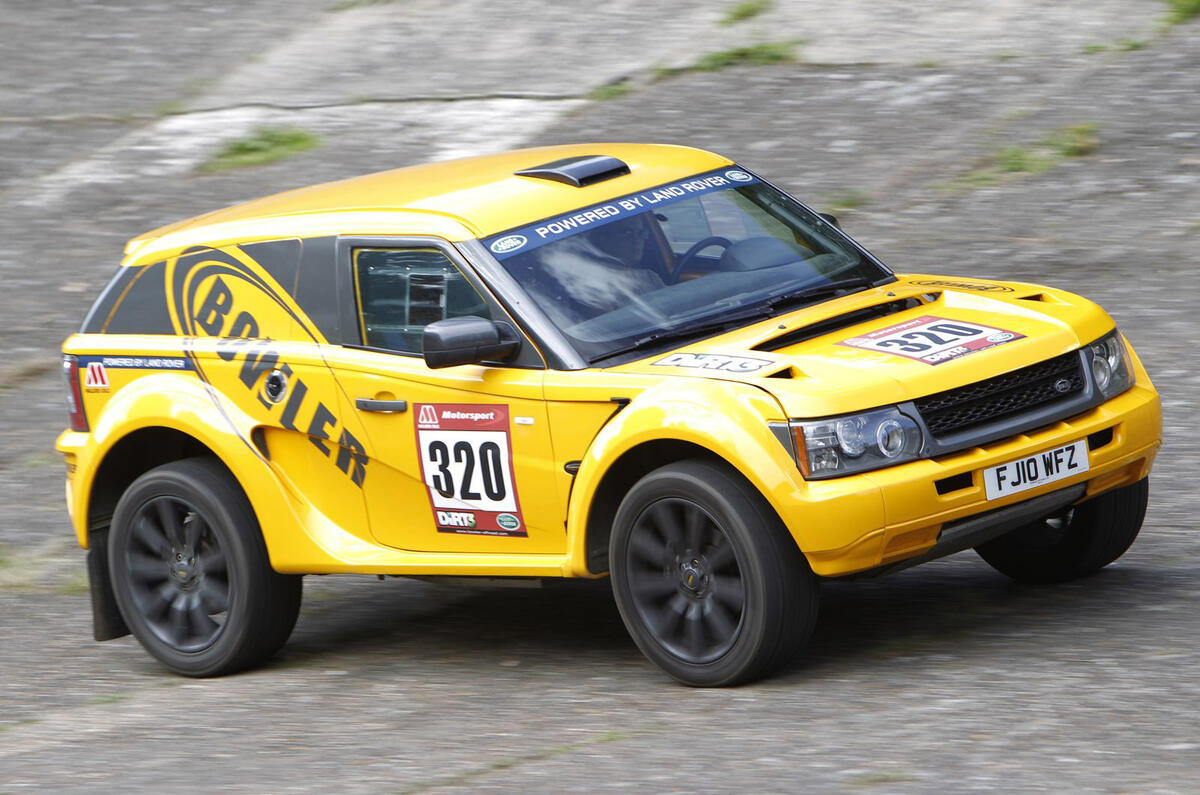

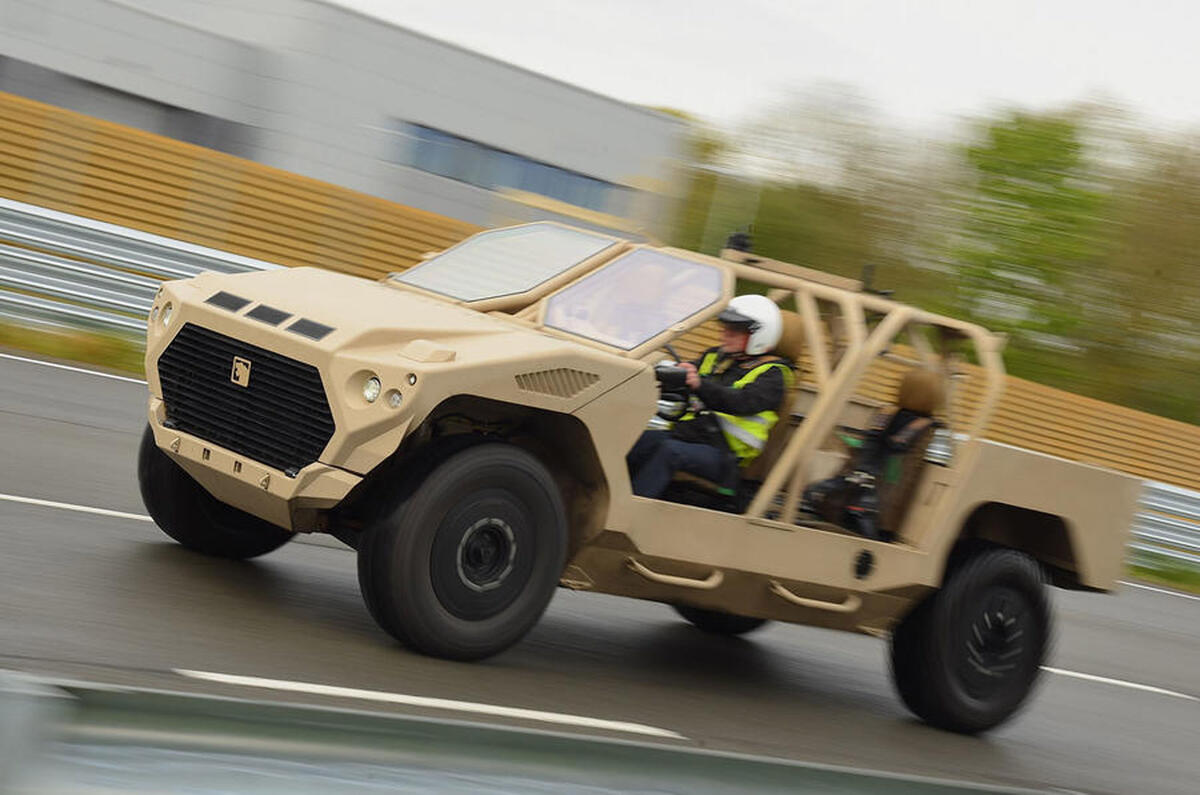
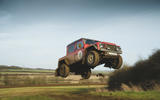
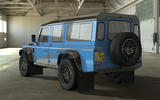

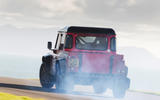
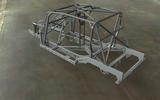

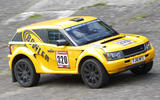
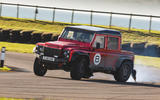
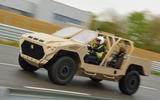

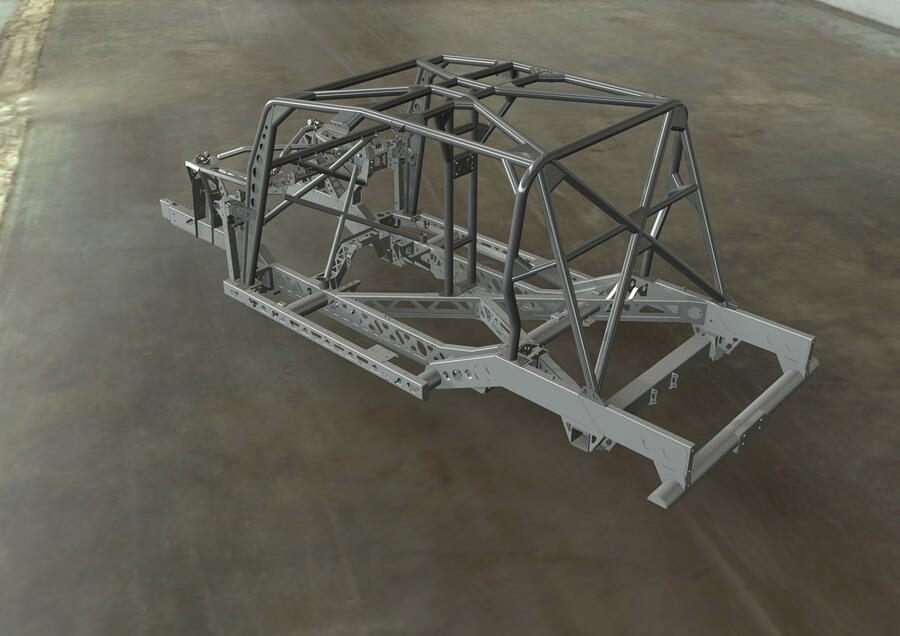
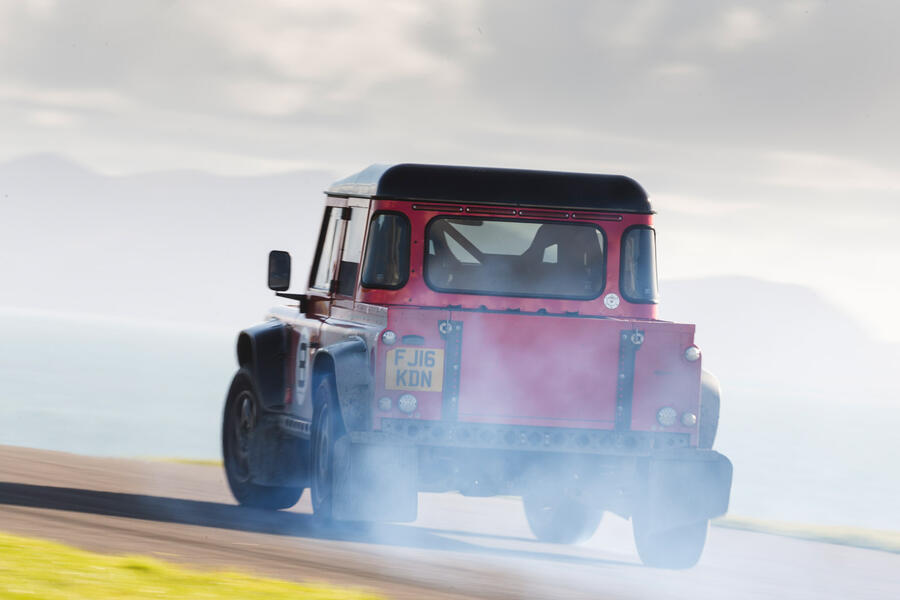

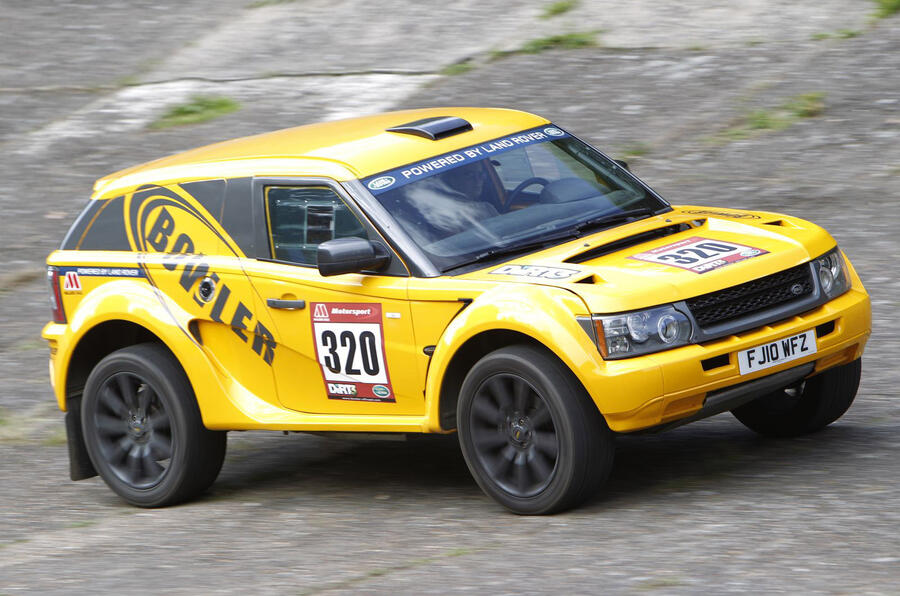
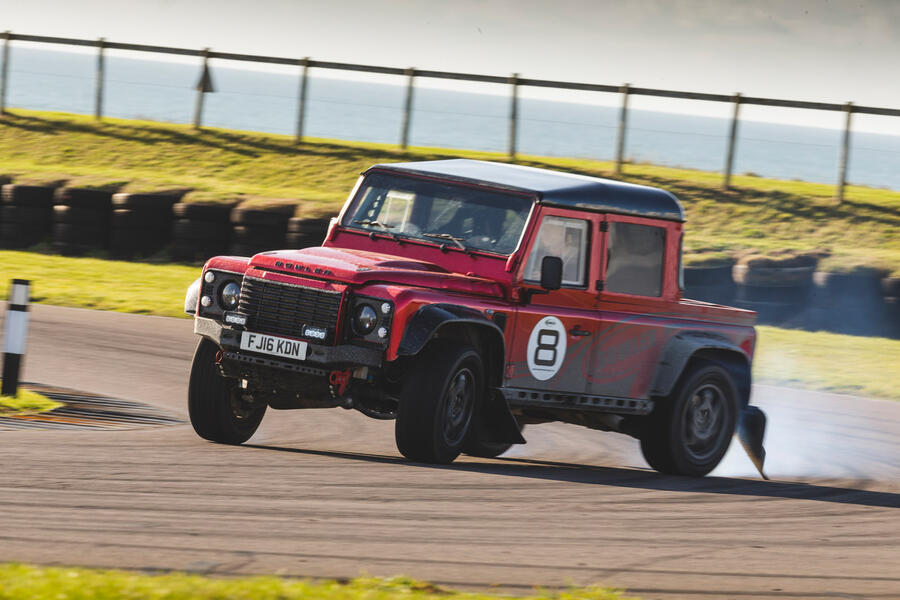
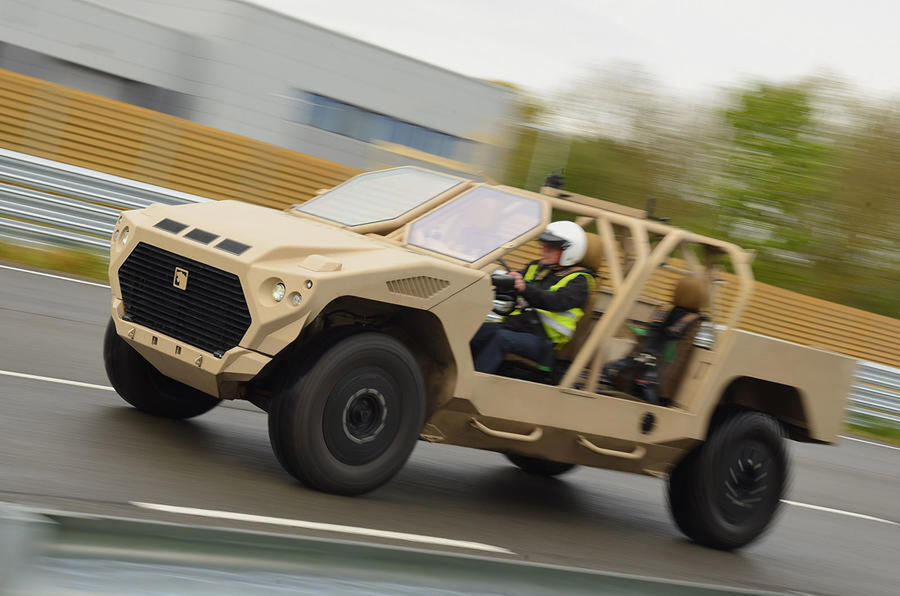





Join the debate
Add your comment
Although already 3 years old that Rapid Intervention Vehicle is interesting - an opportunity for Land Rover to spin whatever's left of its military engineering resources into Bowler/sit under SVO and at a discreet distance from the main brand? It's effectively been done before with military subcontractors...
I dont think the new Defender was designed with the military in mind, Not many soldiers do the school run, and I dont think Bowler could make enough of its own platform to meet military requirements.